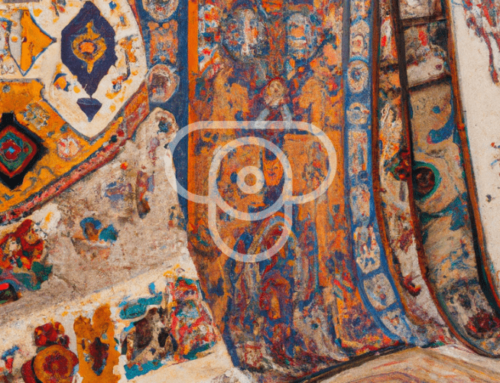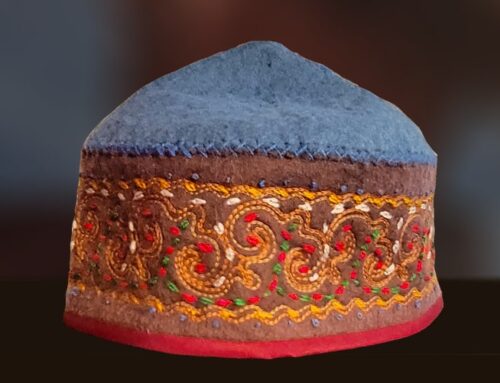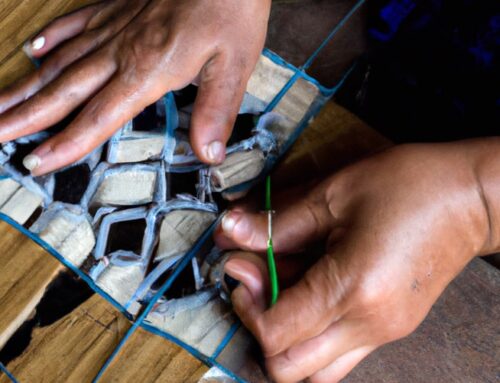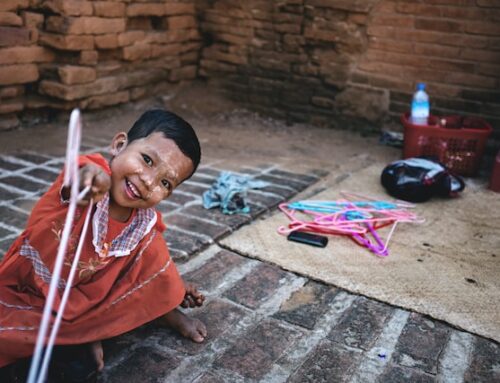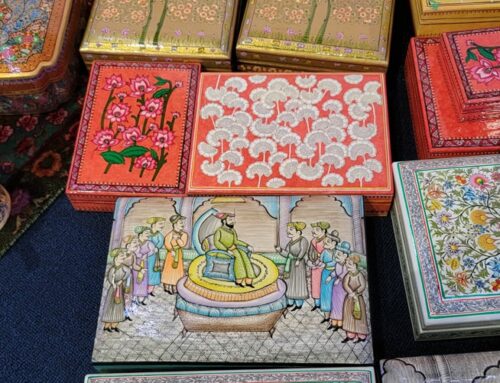Colors of Tradition: Bhutan’s Unique Handicrafts and Artistry
Bhutan, situated in southeast Asia, is a small country by area and is completely surrounded by land. The country is known for its unique landscapes. Having plain lands and tall mountains of the Himalayan range, they surely attract a lot of tourism as people love to trek on these mountains. People of Bhutan are highly hospitable. Their traditions are very much represented in their daily lives.
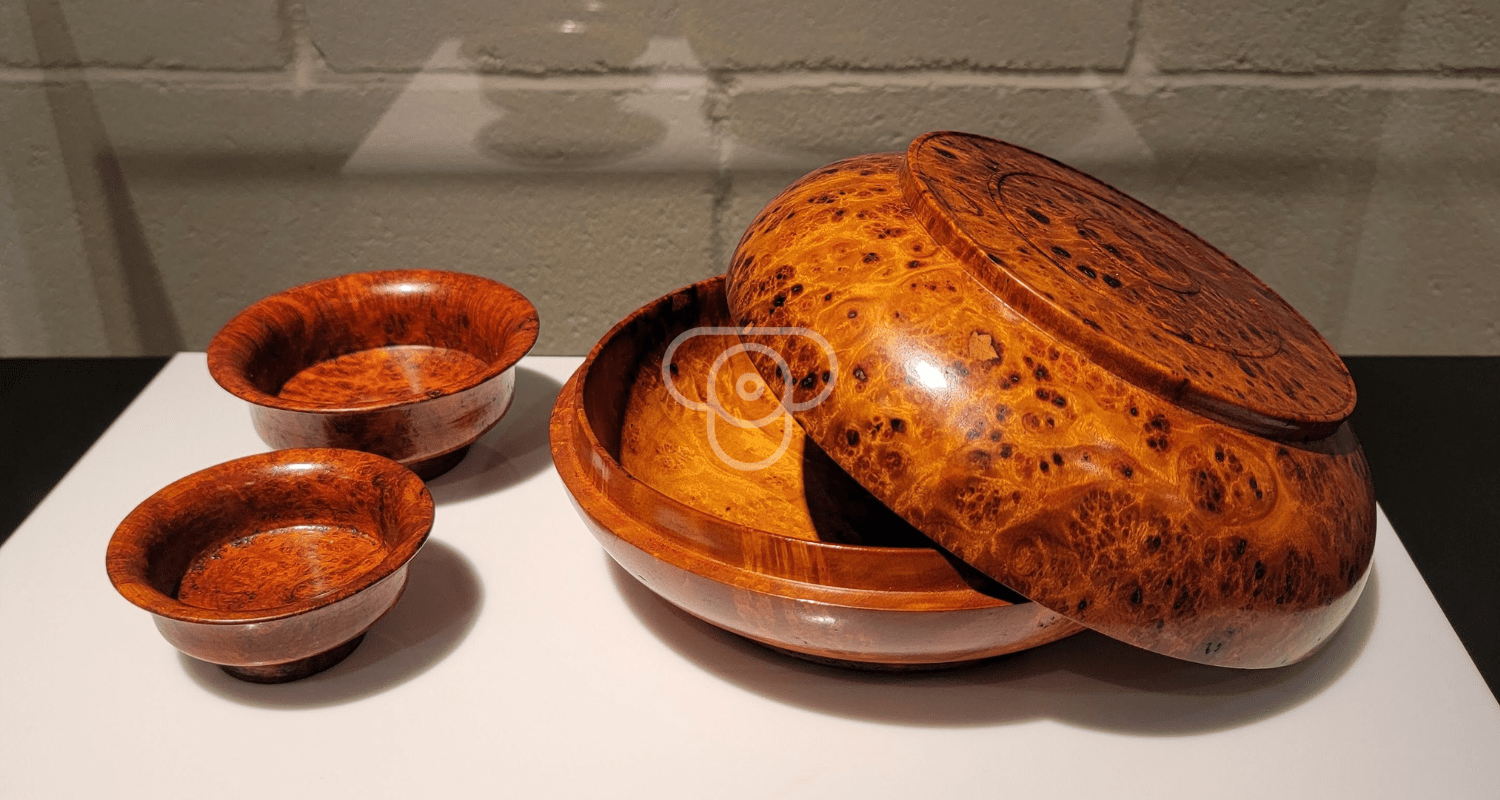
Here are some of the handicrafts that are authentic to the people of Bhutan.
“Zorig Chusum” or the thirteen crafts
Arts and crafts have been promoted in the Bhutanese culture since the 15th century. In the 17th century, they started to be named as Zorig Chusum or the thirteen crafts. These are an important part of the daily life of the residents of Bhutan. In each of these crafts, you will see some form of uniqueness to the Bhutanese culture.
01.
Lha Zo or the traditional painting
You must have noticed a combination of vibrant colors in traditional objects of Bhutan. This aspect is very unique to the authentic craftsmanship of this place. Paintings are done on walls, paper, canvas, clothes, flags, wood, and other objects. These paintings are somewhat associated with Buddhist mythology and spiritual teachings. This explains the visual experience a person has while he looks at these paintings.
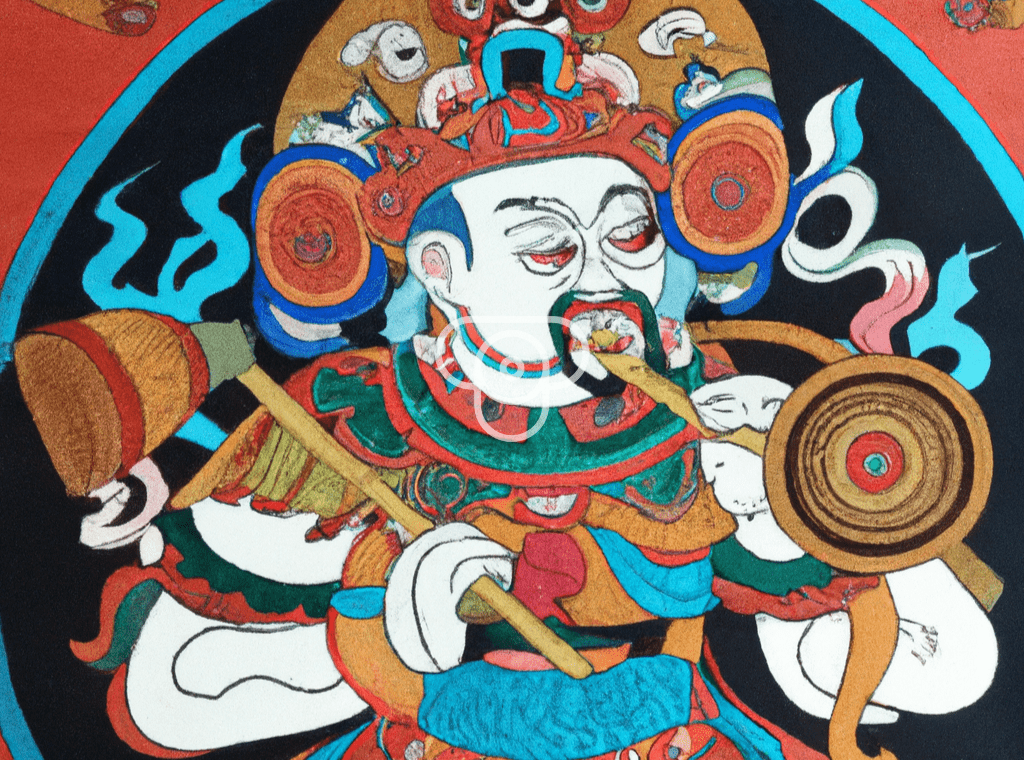
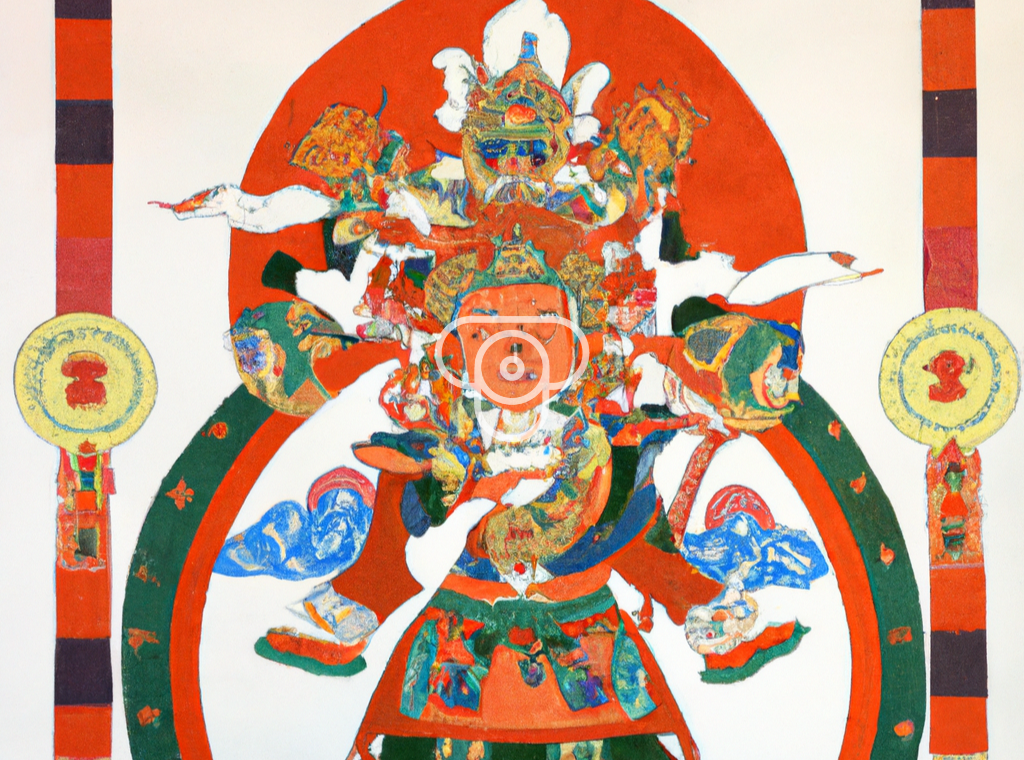
02.
Jim-zo or sculpturing
Sculpturing is a very well-respected craft in Bhutan. Clay is used to make sculptures of religious deities, gods, goddesses, and important religious figures. Other materials like desho paper, beaten bark, or Daphne plant are mixed in clay so that it holds together. Shaping and beating are all done by hand. The delicacy, details, and design of these sculptures showcase the dedicated craftsmanship of these artisans.
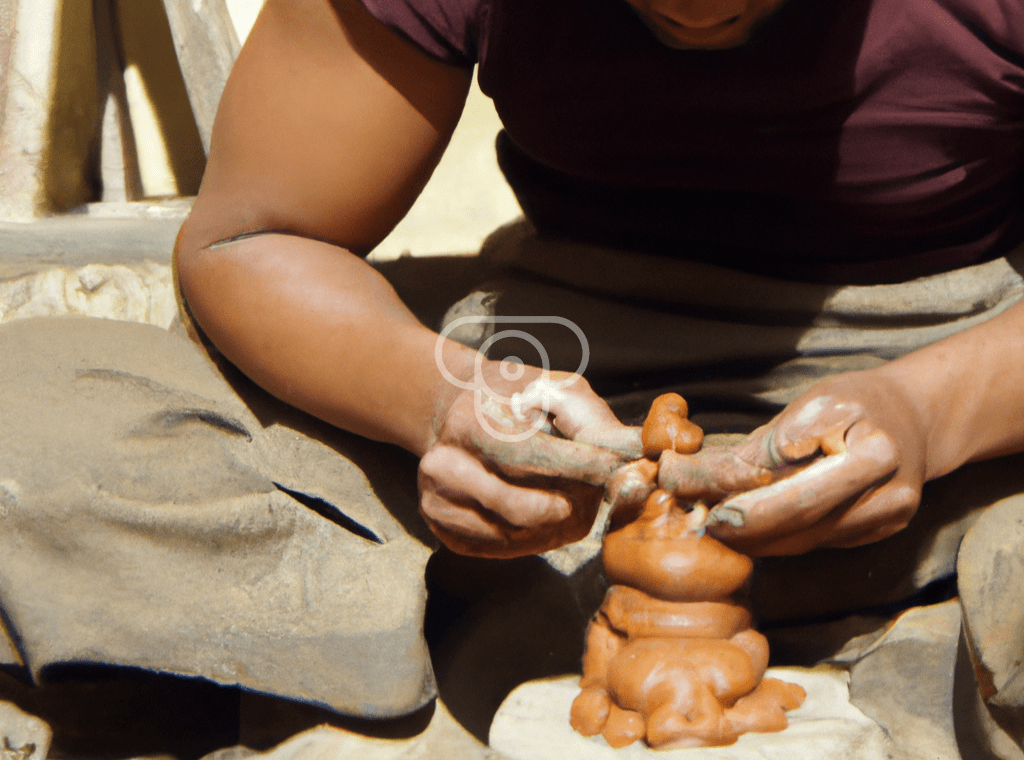
03.
Patra or woodcarving
Woodcarving is an art form in every country of the world. Woodcarving in Bhutan is known for its unique designs that are made beautiful with vibrant color combinations. Handcrafted furniture, wooden artifacts, books, images, and carvings are made by artisans. Woodcarving is still an important part of Bhutanese culture.
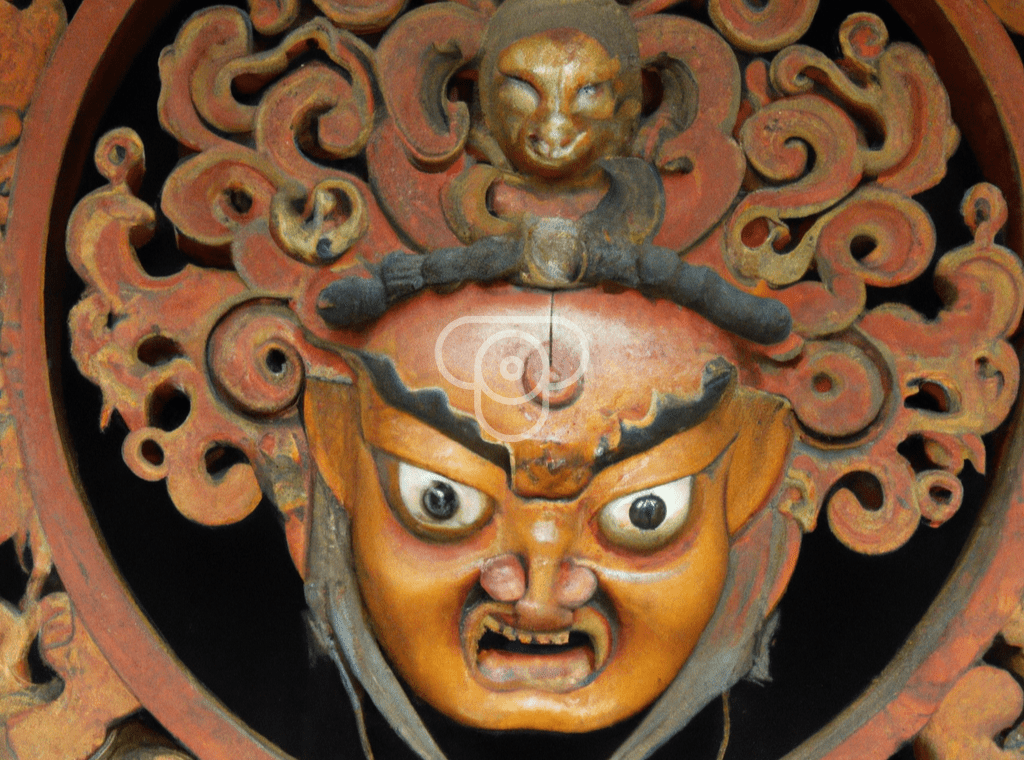
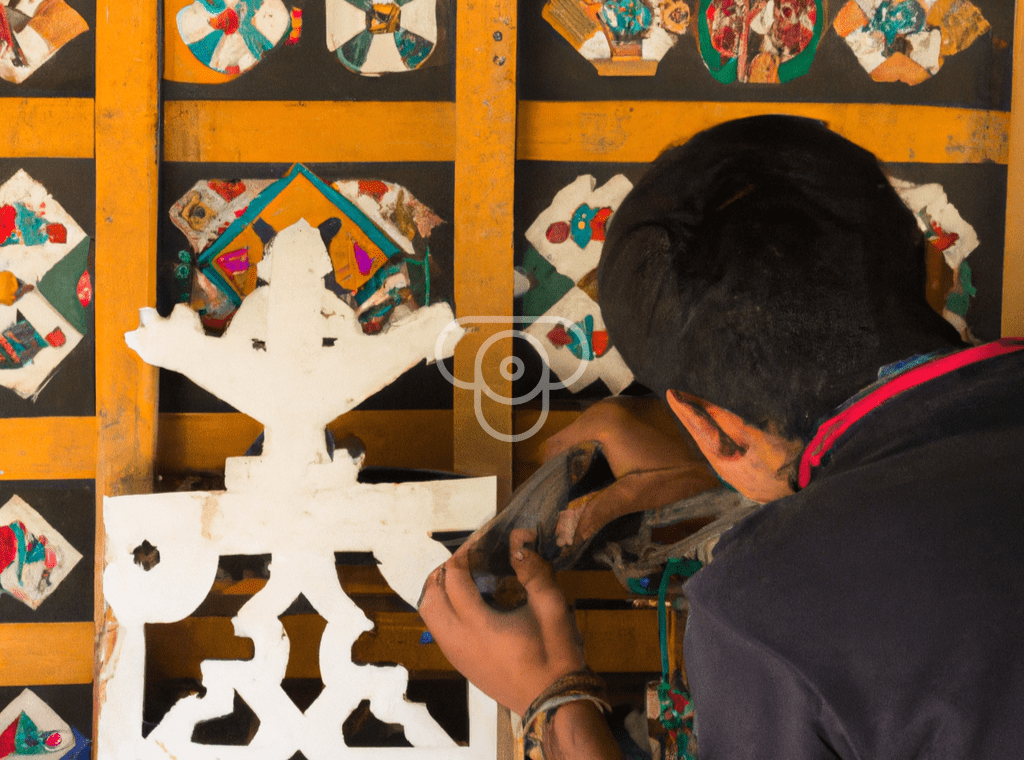
04.
Yikzo: Calligraphy of Bhutan
This is one of the oldest crafts that the Bhutanese promote. Interestingly, some say that this is a dying art. Originally, there were more than 300 scripts but only some are used for calligraphic purposes. The uniqueness comes with unique fonts and styles. You can buy these in the form of different products like text paintings, or even on clothes.
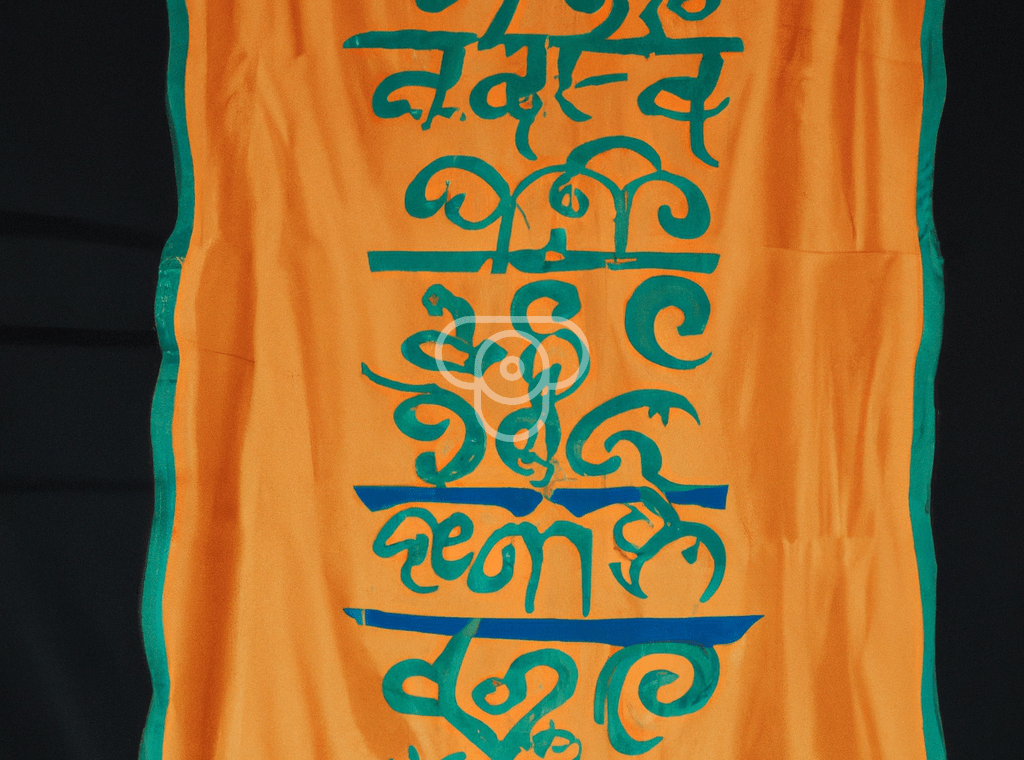
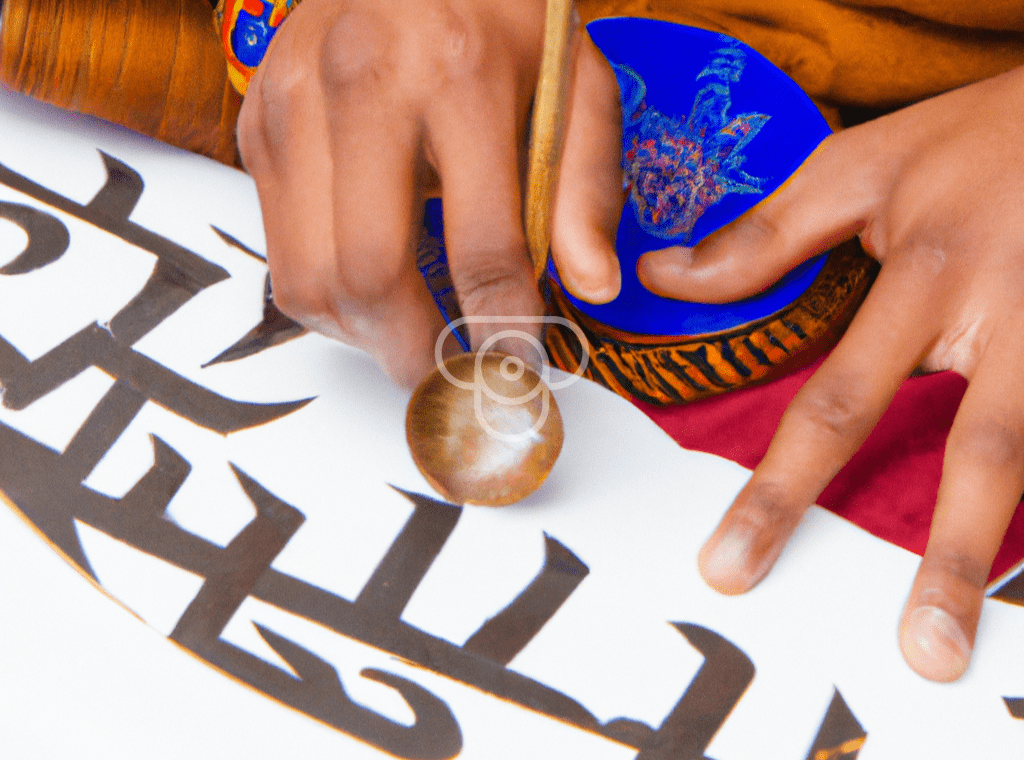
05.
Dezo or PaperMaking
Traditional handmade paper is made out of Daphne trees that are found in high altitudes. Different types of barks will produce different types of paper. This paper was made in every other household entirely by hand back in the day. It is known for its luminosity and its texture and more importantly for its termite-repellent quality. It can last for as long as 2000 years. That is why many religious scripts are written on this paper. It is usually found in black or ivory color. Artisans in Bhutan still make it the authentic way. If you are fond of unique products, then it’s a must-have.
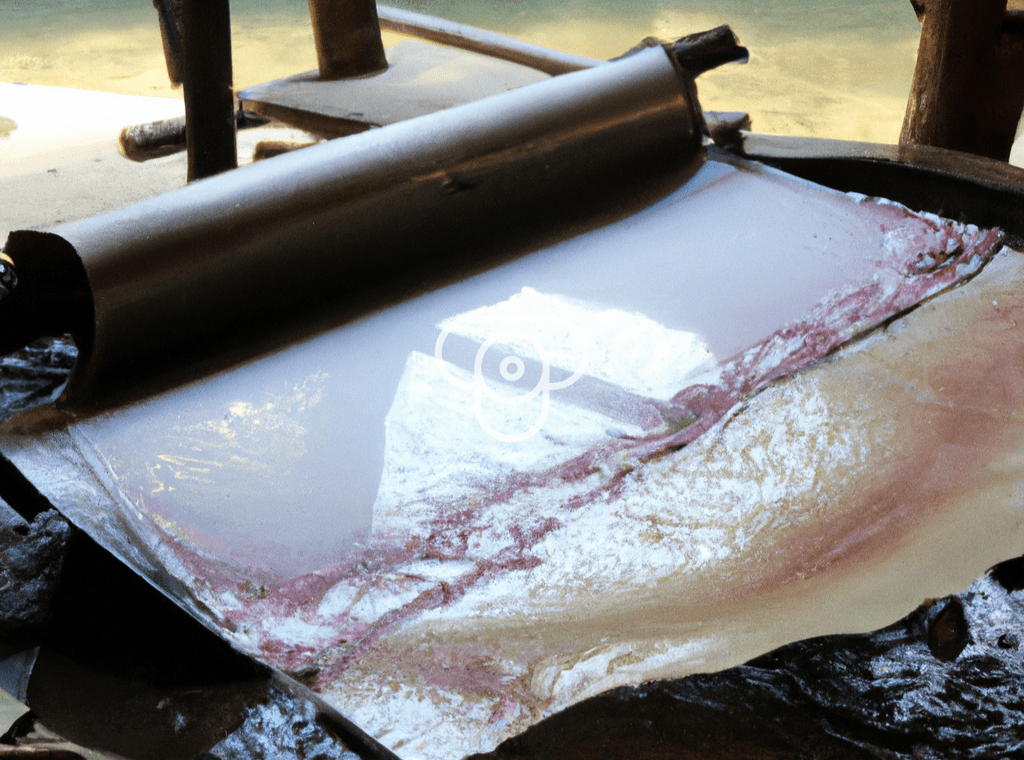
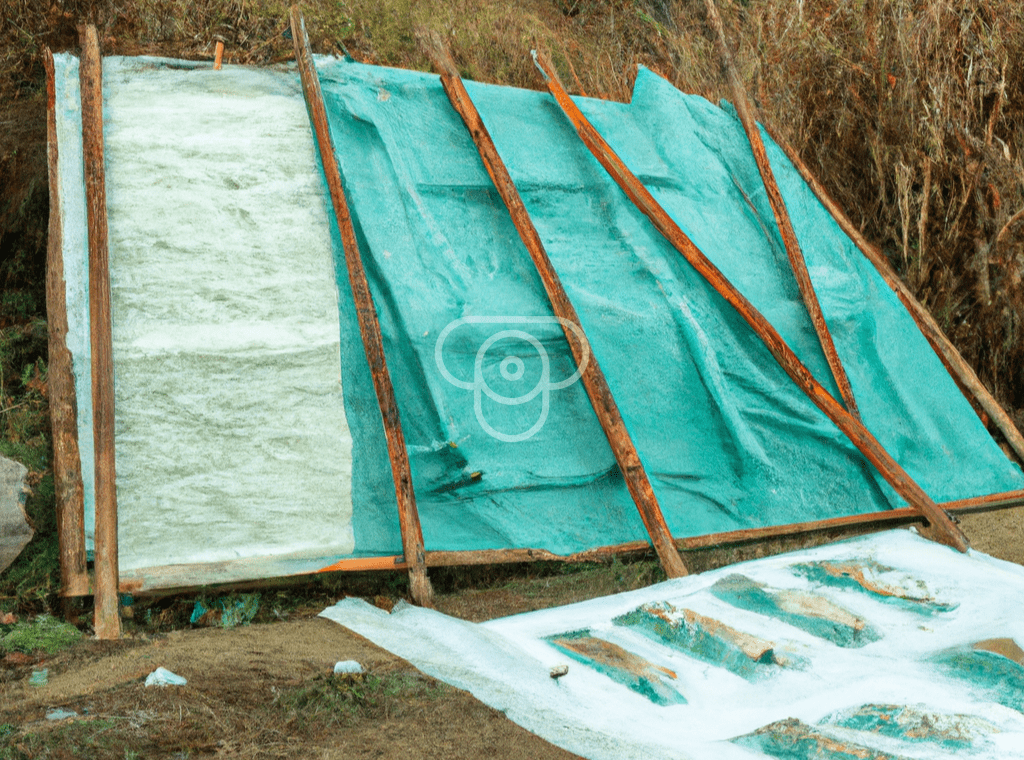
06.
Lugzo or Bronze casting
Bronze casting in Bhutan is used for making statues, sertogs which are the pinnacles on the roof, and different ornaments used to decorate temples and homes. Containers, cups, vases, and other such products are made from bronze too. Back in the day, hammers, axes, helmets, and knives were also made out of it. The process is complex and time-consuming. Sand or wax is used to cast bronze. This craft still lives in Bhutan in its original form.

07.
Tshem Zo or embroidery
Practiced by both men and women, this craft is of high significance to the culture of Bhutan. It is done on silk, wool, and plain clothes. These clothes are worn on religious festivals and other events like marriage ceremonies. Masks and Atsaras, which is a gown, is also created with traditional embroidery. Embroidery depicts the skill and liveliness of the people and artisans of Bhutan.
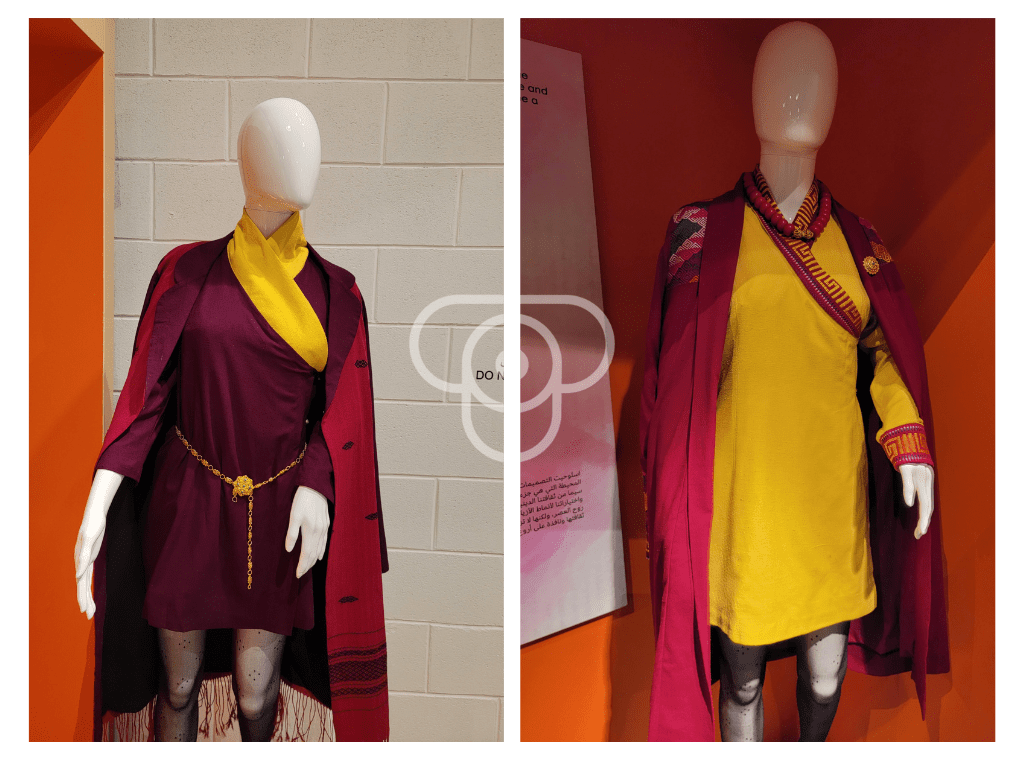
08.
Thagzo or weaving
An integral part of the culture of Bhutan, it is practiced by women mostly. Cotton, nettle, hemp, and silk are commonly used as raw materials. However, in northern regions, yak wool/hair and sheep are used. It features patterns of different colors made out of different materials. For men, it is usually in vertical strips of different colors, and for women, it is designed in vertical bars. The skill of weavers cannot be denied by seeing the detail of this craft. It will continue to mesmerize people around the world.
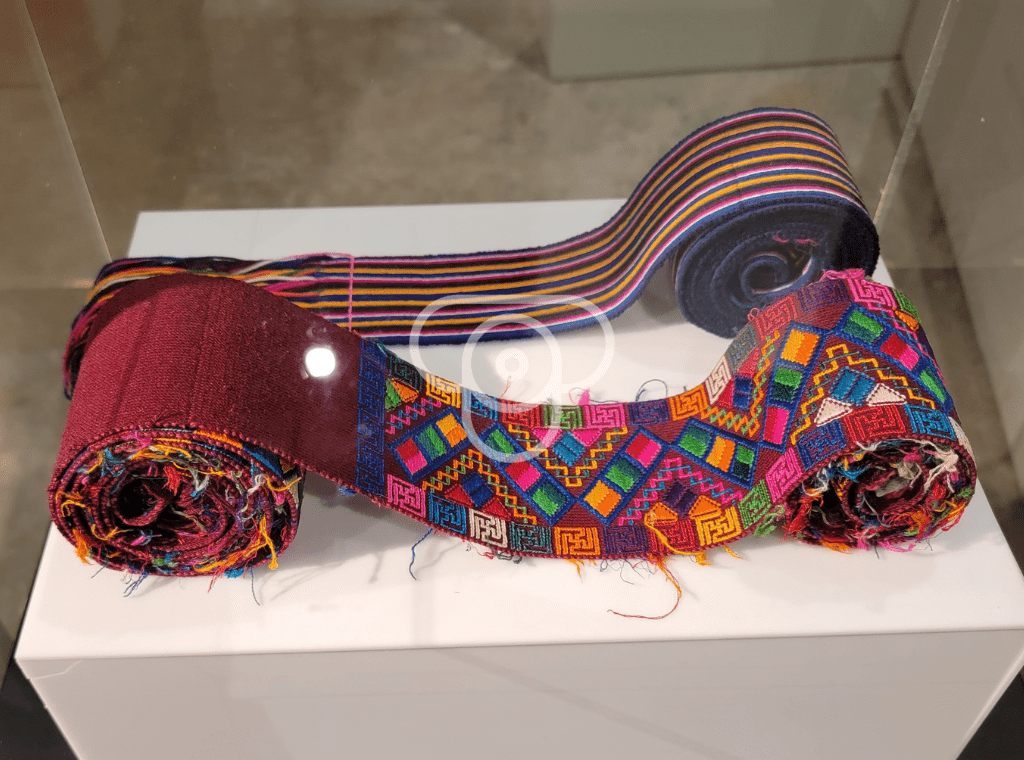
09.
Parzo or carvings
Artisans carve on wood, metals such as copper, silver, bronze, gold, and even stone. Calligraphy, traditional buddhist motifs, symbols and icons are carved onto the objects made out of these materials. These are made from decorations and as presents to be given on special occasions.

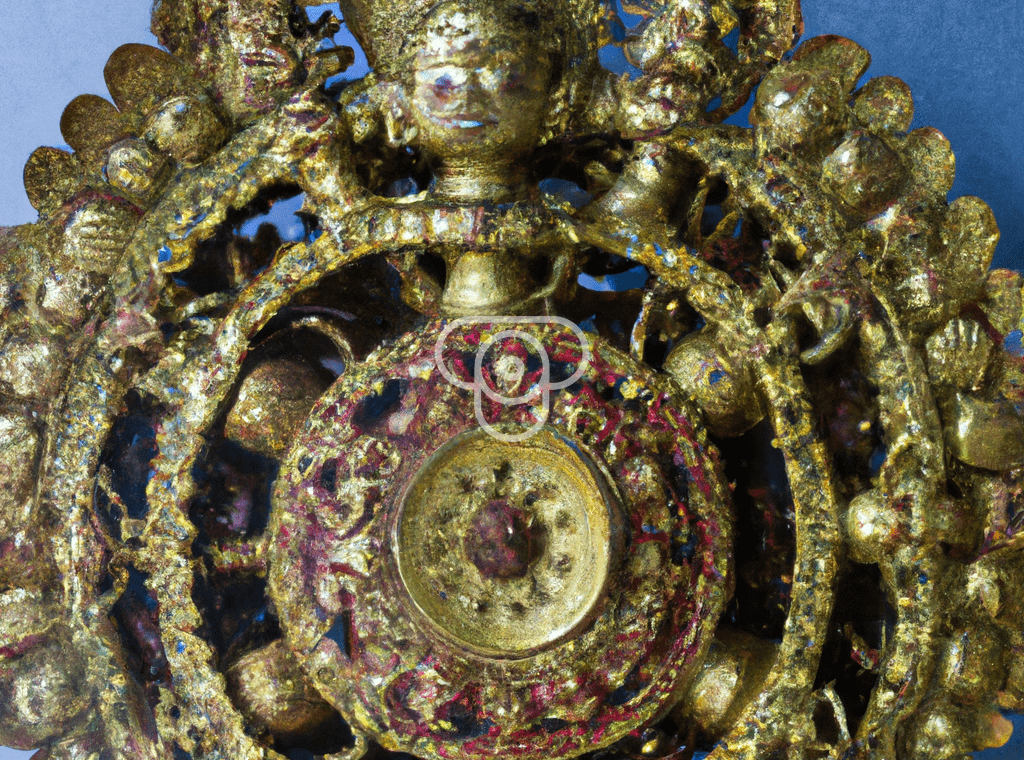
10.
Dozo or Masonry
It is the art of making stupas, dzongs, temples, foundations for buildings, courtyards and support walls. This craft involves cutting out blocks from the stones and then putting them together for making walls and other structures. It involves carefully judging the angles and cutting out blocks that would lay onto each other, making the structure strong enough to hold. Dozo is now used much less than it was previously, yet it remains an important part of the tradition and culture of Bhutan.
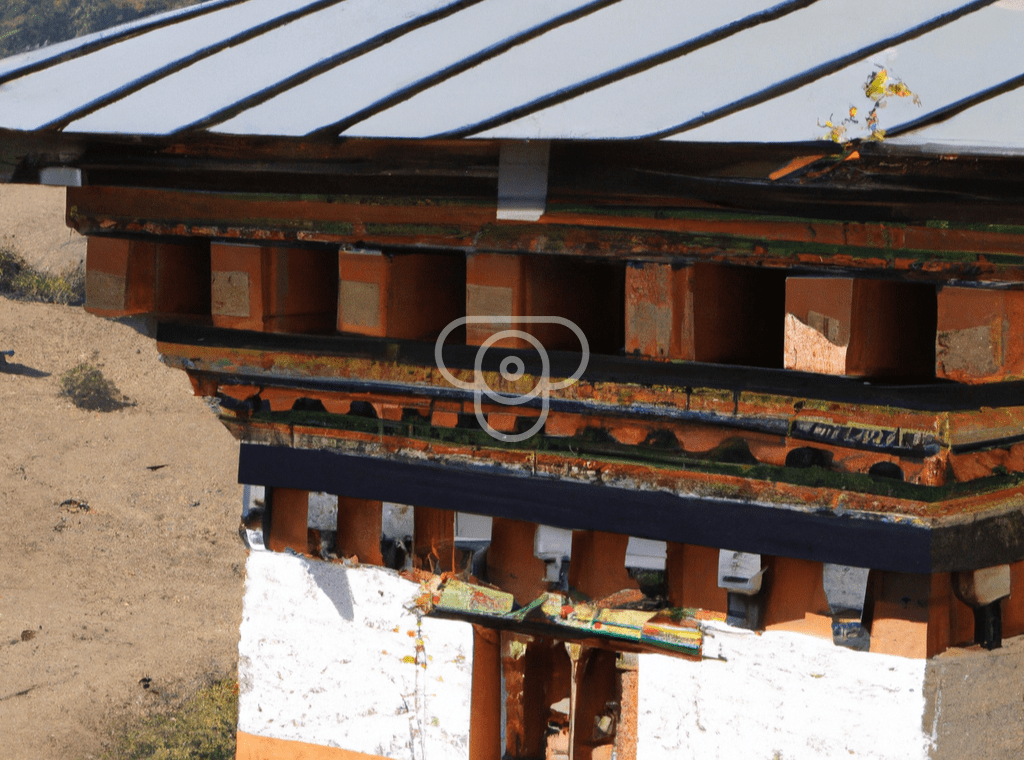

11.
Tsharzo or Bamboo weaving
Over 39 species of bamboo are found in Bhutan. Bamboo is harvested, cut with delicacy, and soaked or boiled with herbal remedies to keep it safe from pests and to also develop good color, durability, and flexibility. It is then left to dry or is heated over fire for quicker drying. Artisans craft out perfect crafts from these bamboo fibers. Zepchu; a traditional bamboo basket, Banghung; a Bhutanese Tupperware, and Ara Palang; an old-style flask are some of the notable handcrafts made out of bamboo.
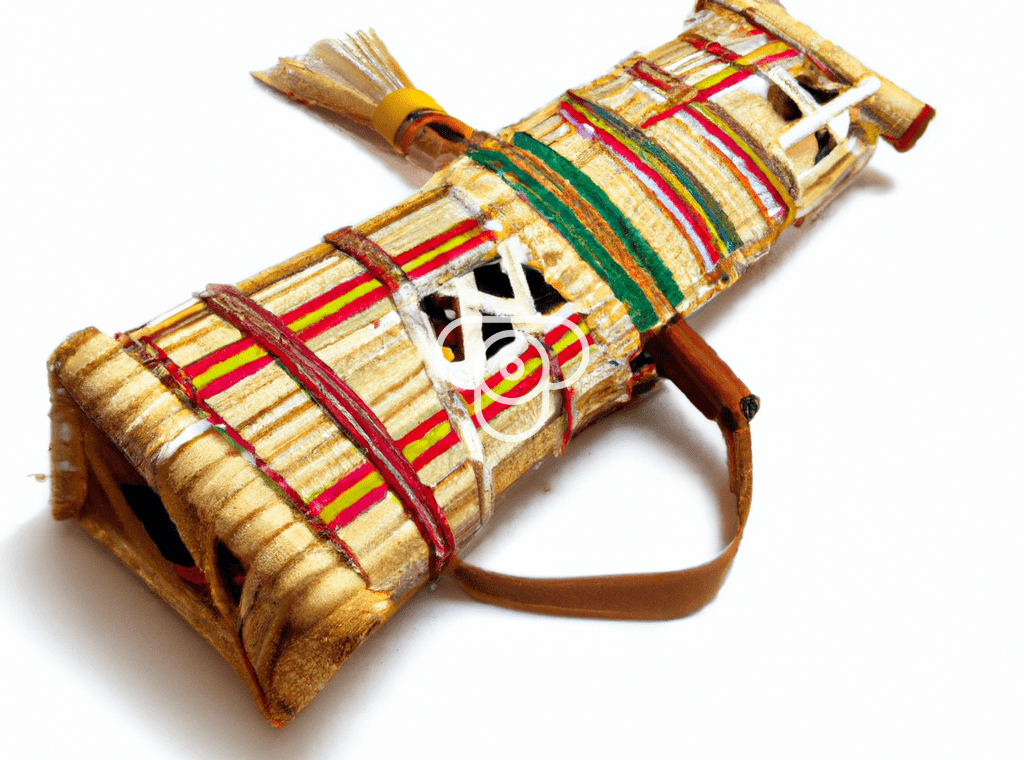
12.
Trözo or gold or silver smithery
Though this craft is said to be learned from the Newaris by the people of Bhutan, it certainly did flourish here. Gold or silver smithery is of importance at multiple levels in the culture of Bhutan. It is of religious importance that, not only statues but the containers used for religious offerings and other ornaments used to decorate temples are made from gold and silver. At homes, other than being used as an ornament and in jewelry, it is used in multiple household objects like door knobs, handles, and wall decorations. The uniqueness of the craft of gold and silver smithery can be seen in the style of creating these handicrafts.
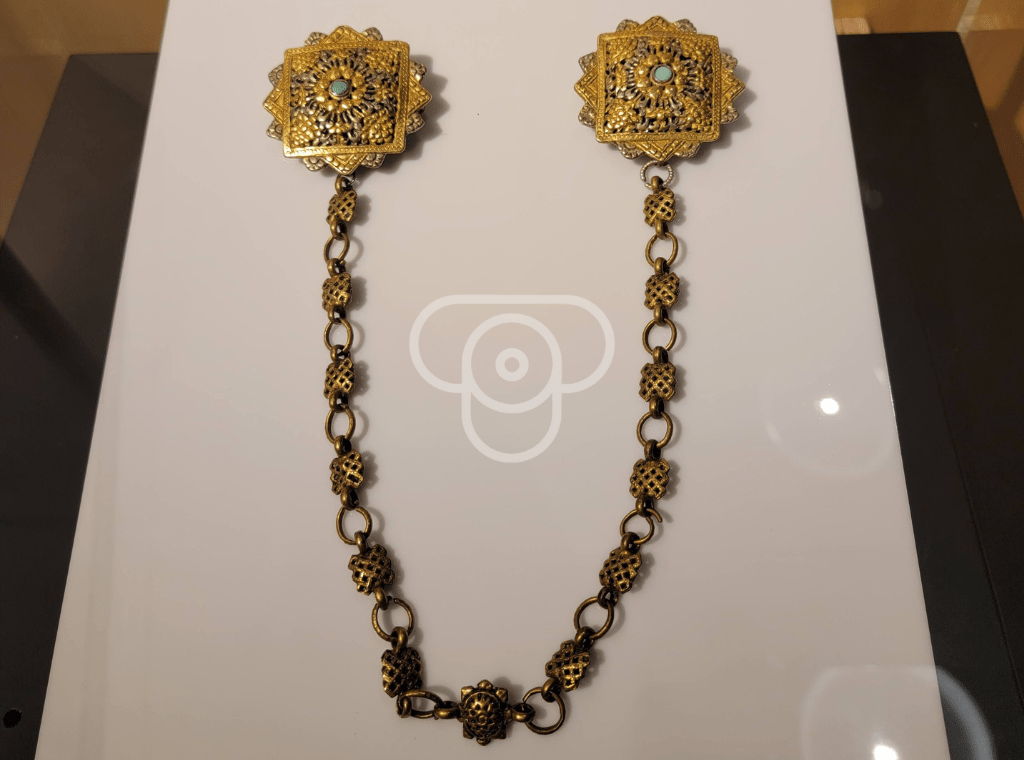
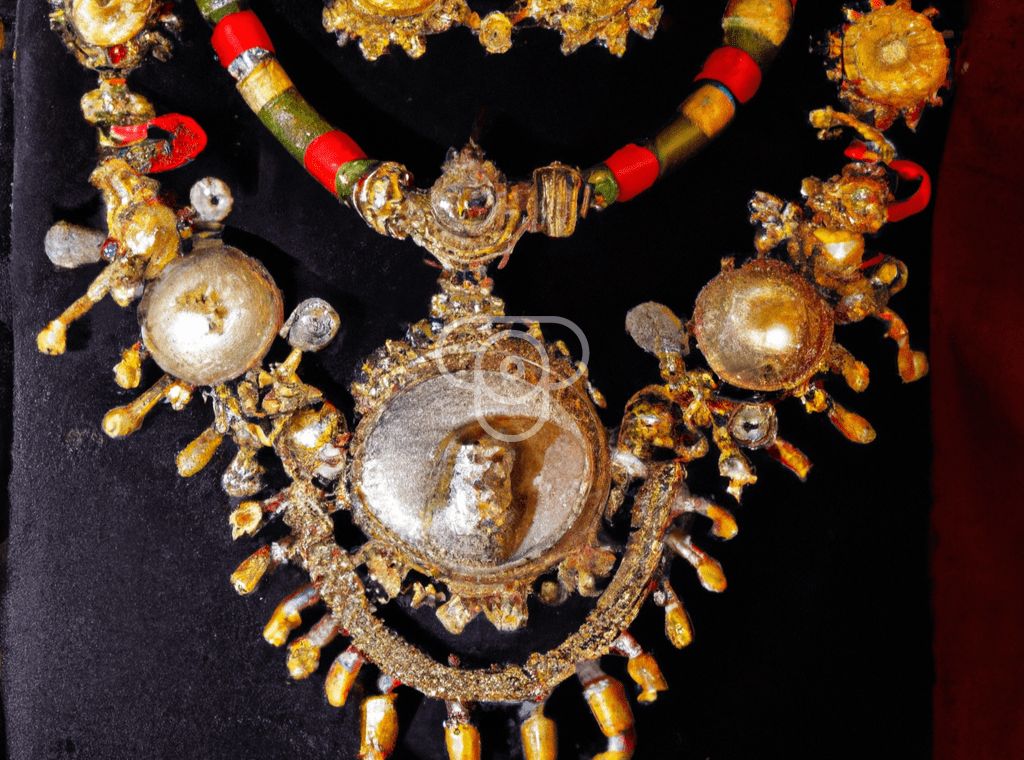
13.
Garzo or Black smithery
With only a few people practicing this craft, black smithery despite having a strong history in Bhutan is not as well known. In Bhutan, the art of black smithery was famous from the 1400s and since they had iron mines, this further flourished. War equipment like swords were made out of it. Other than that, items of daily use were also made. Nowadays, there isn’t much that will showcase the majestic blacksmith artisanry of Bhutan from the past.
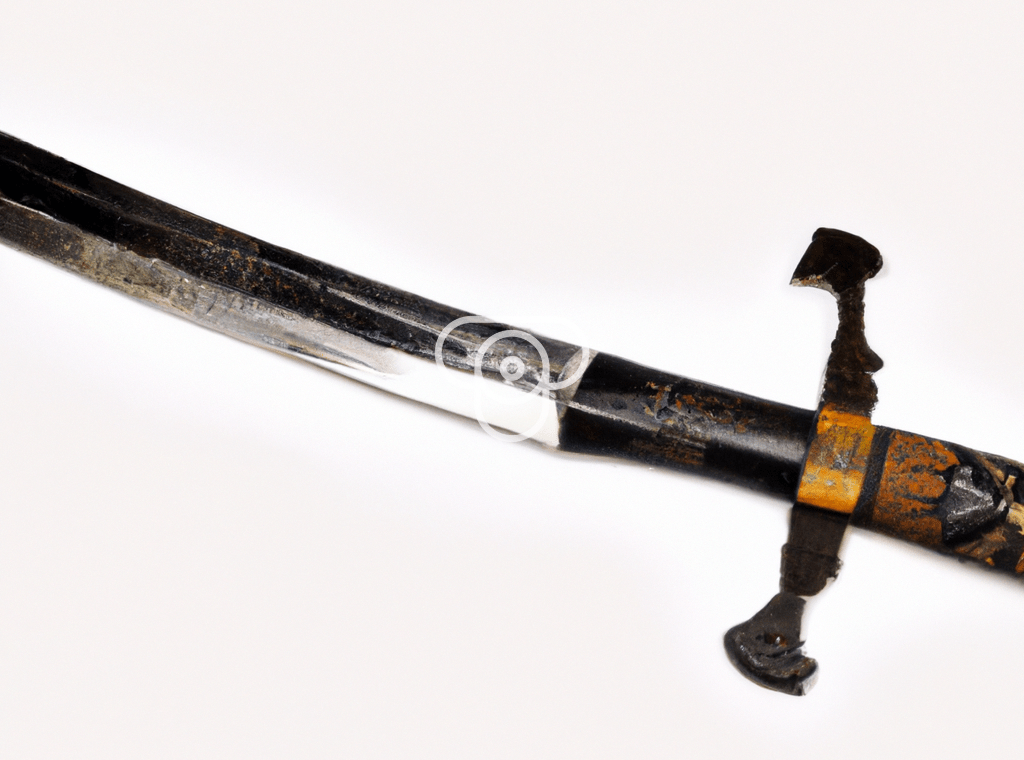
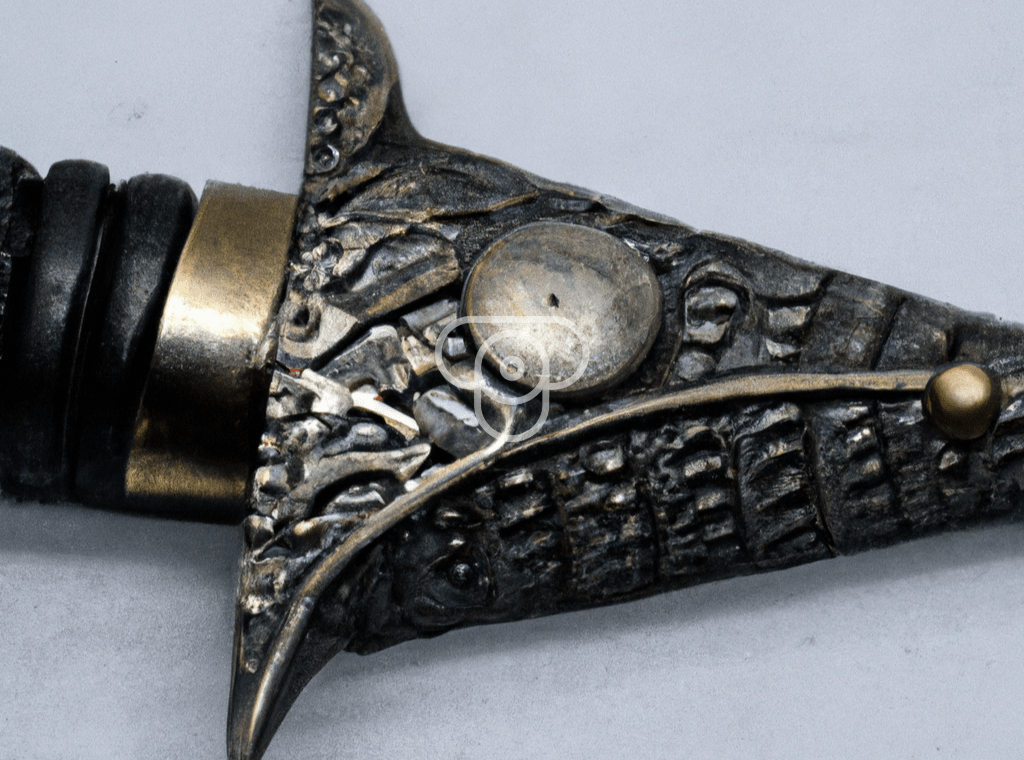
The 13 crafts of Bhutan have been around for centuries. That is why you will notice them in the daily lives of the people of Bhutan. These crafts were respected and promoted, which resulted in great artisanry skills among the locals. It is a handicraft to be proud of. Explore Tuzmo to connect with local artisans from around the globe and enjoy the finesse of their crafts that can adorn your home.

